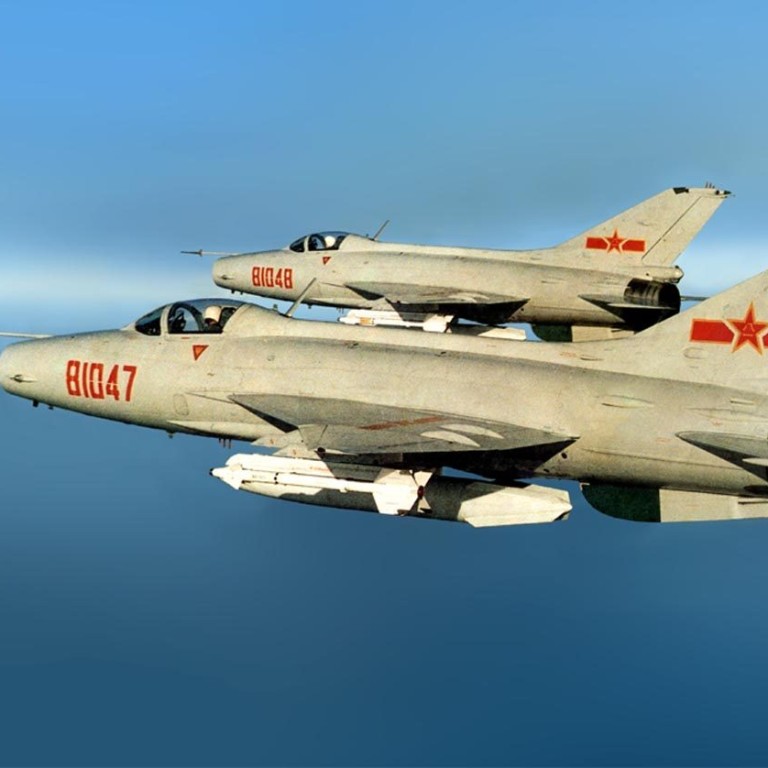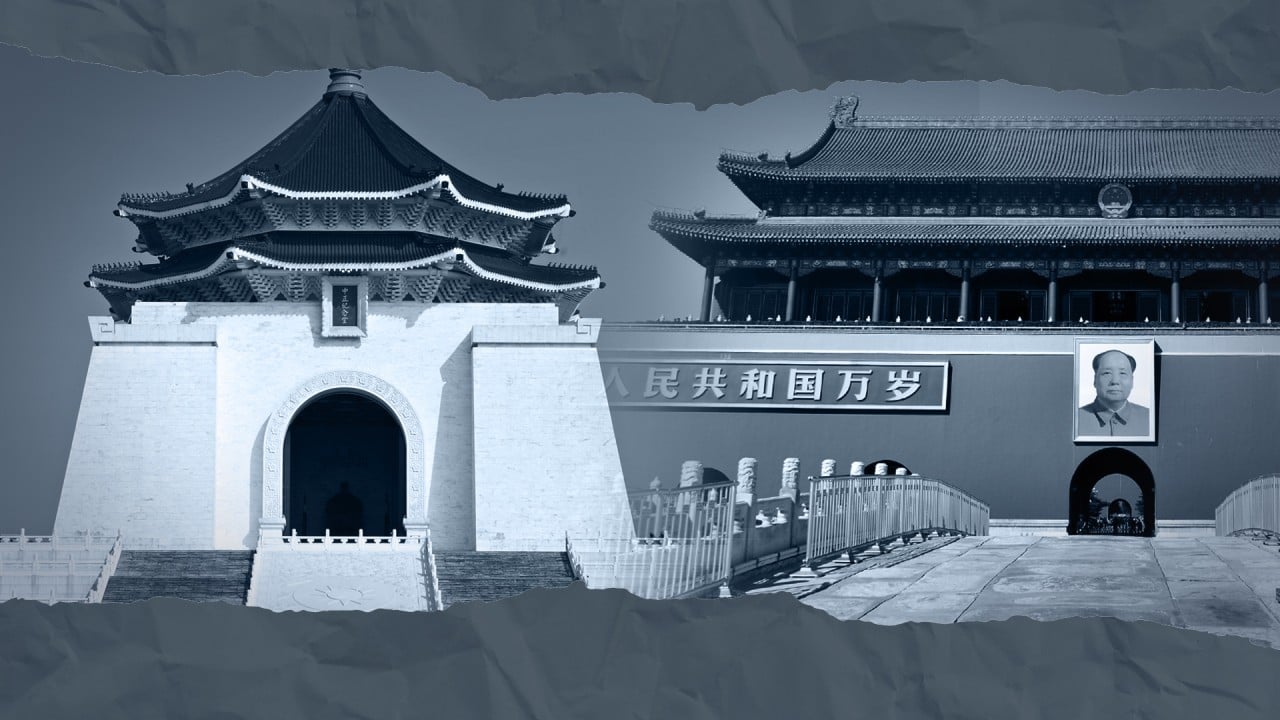
PLA warplanes enter Taiwan air defence zone 2 days after record sortie
- Jets were scrambled, radio warnings issued and air defence missile systems deployed on the island in response
- Latest fly-by includes four old model J-7 fighters along with modern jets, suggesting an interoperability test, observers say
Observers said the latest fly-by – which involved two newer-model J-16 fighter jets, four old model J-7 fighters and one Y-8 electric warfare aircraft – was aimed at testing interoperability of its two generations of planes. It was also intended to test their ability to counter electronic interference, they said.
Why Chinese military’s latest Taiwan sortie suggests PLA is expanding scope of combat training
In a statement, Taiwan’s defence ministry said the planes had prompted the island’s air force “to scramble jets, issue radio warnings and deploy air defence missile systems to monitor the activities of the planes”.
It was the sixth time PLA planes had entered Taiwan’s ADIZ this month, according to the ministry.
While most of the activity by PLA planes were intended to warn Taiwan against pushing for formal independence, observers said they also had specific missions, including the flexing of the PLA’s military might, as well as training and reconnaissance.
Tuesday’s sortie was widely seen as a show of force after the USS Ronald Reagan aircraft carrier group conducted drills in the disputed South China Sea, and Nato leaders warned that China’s military threat presented “systemic challenges”.
According to former Taiwanese air force vice-commander Chang Yen-ting, Thursday’s fly-by was an interoperability test for the different generations of warplanes.
“The J-7 is an older model plane, while the J-16 is much newer. By flying these planes, the PLAAF was testing the operability of these two types of planes at lower and higher altitudes while exerting its intimidation purpose against Taiwan,” he said.
The J-7, first commissioned in 1967, is being retired gradually due to its age, while the J-16 entered service in 2015.
Su Tzu-yun, a senior analyst at the Institute for National Defence and Security Research, a government think tank in Taipei, said the J-7 was no longer a frontline warplane. “Another purpose of the PLAAF was likely to test the capability of the warplanes against electronic interference,” he said.
The deployment also followed Taiwan’s signing of two arms procurement contracts with the United States for High Mobility Artillery Rocket Systems and Harpoon Coastal Defence Systems, which could significantly boost the island’s asymmetrical warfare capability, according to a document released to the legislature by the defence ministry.
How Taiwan’s relations with mainland China have changed under president Tsai Ing-wen
Lu Shaye, Chinese ambassador to France, accused the US of backing the pro-independence agenda of Taiwan’s ruling Democratic Progressive Party, but said Beijing would not give up the use of force against Taiwan.
“You can imagine, if today the mainland promised to give up using force, then the independence forces in Taiwan would declare independence tomorrow,” he said in an interview with the French newspaper L’Opinion.
“We certainly hope to achieve reunification through peaceful means. But if someone adds fuel to the fire, it will lead to war.”


